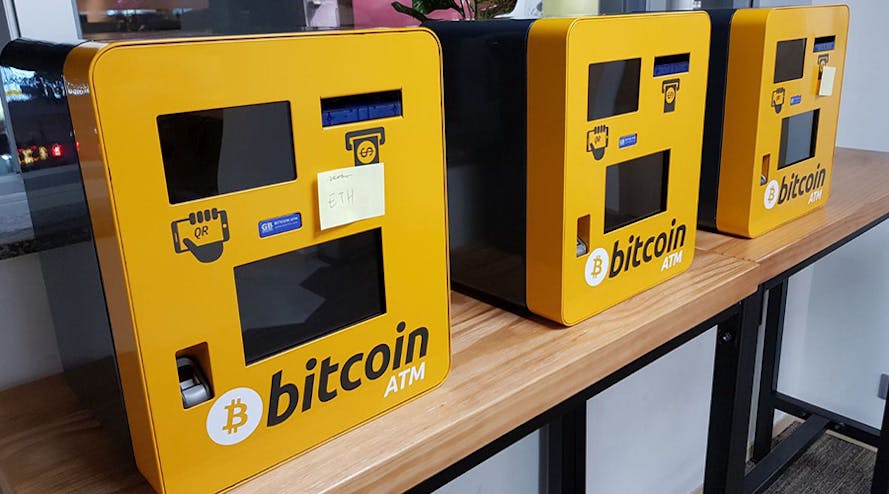
There are two main options available when selling your BTC holdings for Canadian citizens:
Selling bitcoin for fiat currency, such as Canadian dollars (CAD)
Selling bitcoin for another cryptocurrency, such as Ethereum, XRP, or any number of other altcoins
For many people, the main aim when selling bitcoin will be to cash out for CAD, while others will want to stay invested in the crypto market and therefore exchange their BTC tokens for other cryptocurrencies. There are easy ways to do both, as we will explain here.
If you’re looking to sell a large amount of bitcoin, such as $50,000 or more, conducting the transaction through an ordinary crypto exchange may not be the best way to go about it. Not only may there not be sufficient liquidity on a traditional exchange, resulting in slower processing times, but you’ll also need to battle “slippage” — which is when the market moves against you before your trade can be completed. The transaction limits on these exchanges may also be too low for your needs, so anyone looking to sell a large amount of bitcoin should consider an over-the-counter (OTC) trade. OTC trades are those that take place away from a conventional, regulated exchange, and they offer a simpler and more cost-effective way to buy and sell large amounts of bitcoin.
There are multiple options to sell Bitcoin –
On a cryptocurrency exchange: This is the most popular option for anyone looking to sell bitcoin. As the guides above show, it’s quite easy to sell bitcoin on a crypto exchange and you can do it all from the comfort of your couch. Exchanges act as an intermediary — which means both you and the buyer will need to entrust your funds to your preferred platform, and that exchange will impose trading fees to take a cut of each transaction.
Using an exchange means you have the option to either turn your bitcoin into CAD and withdraw the funds to your bank account or exchange your BTC for just about any other cryptocurrency in existence. However, make sure you’re aware of any trading fees and withdrawal limits that apply before choosing an exchange.
Via a peer-to-peer platform: Peer-to-peer trades, which are sometimes also referred to as direct trades, offer the option of selling your bitcoin to another person. Online peer-to-peer marketplaces give you more freedom and control over the specifics of the transaction — you can set your price, nominate how you want to receive payment, and then wait for the right buyer to come along. The way the sale actually takes place will vary depending on the peer-to-peer platform you’re using. For example, while some platforms only accept online bank transfers, there are sites that accept everything from cash and credit cards to PayPal and Western Union transfers. The registration process varies from platform to platform, but some peer-to-peer marketplaces allow you to trade with a certain level of anonymity. However, this could take more time than selling on an exchange, while there will also be competition in the form of other sellers.
Via a Bitcoin ATM: Bitcoin ATMs allow you to deposit cash and convert it to bitcoin. However, some of these ATMs also allow you to transact in the opposite direction — in other words, convert your BTC balance into fiat currency so you can withdraw cash. The main advantage of this approach is that it offers fast access to cash, providing an instant way to turn your digital coins into real-world money. Unfortunately, bitcoin ATMs can be hard to find, and even if you stumble across one there’s no guarantee that it will support selling services. You’ll typically also need to provide some form of ID before you can complete a transaction, and be willing to accept high fees compared to other selling options.
It is also important to remember that you can often use your Bitcoin as a regular currency, especially if you have a Bitcoin debit card. This will allow you to spend your Bitcoin balance to pay bills, make purchases, and generally use it as you would use regular money.